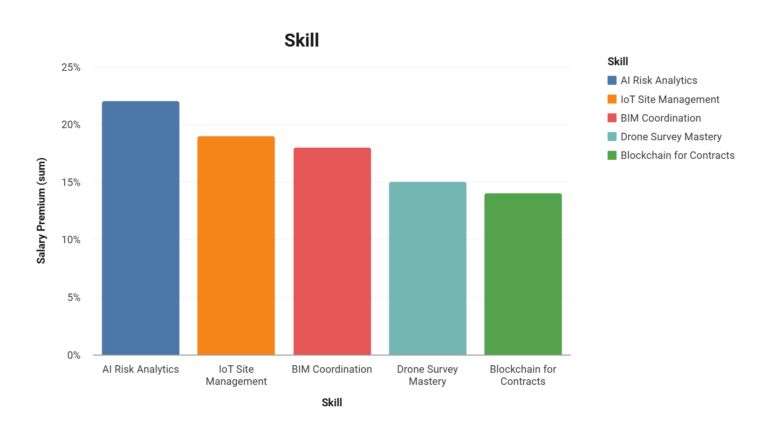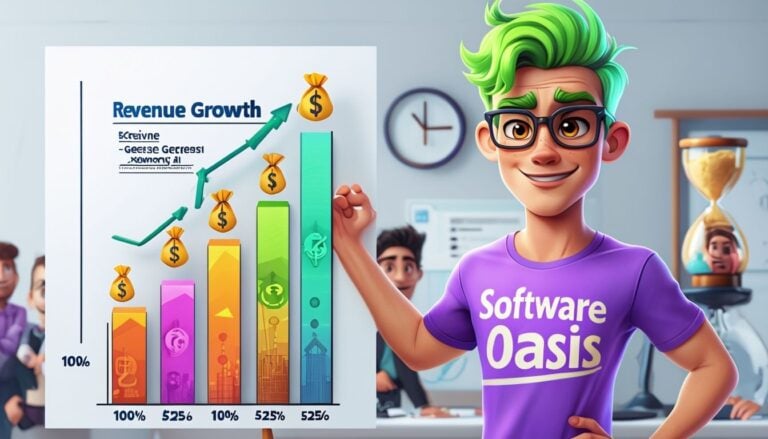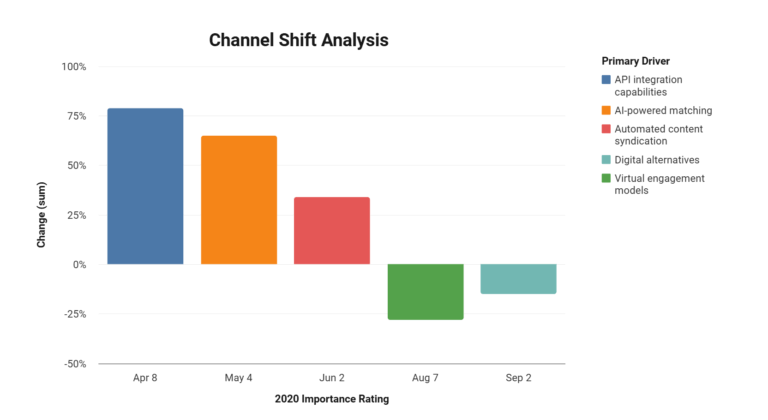A Data-Centric Approach to Analyzing the Skills Gap in Entry-Level Supply Chain Coordination: Statistical Insights for Education and Training Programs
Skills Gap in Entry-Level Supply Chain Coordination: Current Landscape
The global supply chain sector faces a projected 2.1 million worker shortage by 2030 (Gartner 2025), exacerbated by 39% first-year attrition rates among coordinators (APICS 2024). Only 28% of entry-level professionals demonstrate proficiency with AI-driven inventory tools, despite 83% of firms adopting these systems (SAP Digital Supply Chain Report 2025). This misalignment threatens an estimated $1.7 trillion in potential global logistics efficiencies (World Economic Forum 2024).
Impact on Industry Performance
- 17% increase in average order fulfillment time (Logistics Bureau 2025)
- 23% higher inventory carrying costs due to suboptimal forecasting (CSCMP 2024)
- 31% reduction in successful first-time deliveries for e-commerce (Shopify Logistics Report 2025)
Quantifying the Skills Deficit
Technical Proficiency Gaps
- 47% cannot configure ERP systems (Oracle 2025)
- 58% lack predictive analytics skills (MIT Supply Chain Management Review)
- 63% struggle with blockchain-based traceability (Deloitte 2024)
- 71% fail to effectively utilize IoT data for real-time tracking (Cisco IoT Survey 2025)
- 52% are unfamiliar with machine learning applications in demand forecasting (IBM Watson Supply Chain AI Report)
Soft Skills Shortages
- 44% of employers cite deficient crisis management abilities (CSCMP 2025)
- 51% fail to interpret cross-cultural negotiation nuances (Kearney Global Logistics Study)
- 39% lack effective project management skills for multi-stakeholder initiatives (PMI Supply Chain Report 2024)
- 47% struggle with data-driven decision-making under uncertainty (Harvard Business Review Supply Chain Analysis)
For a deeper dive into the supply chain industry, don’t miss our other insightful articles. Explore our Data-Driven Analysis of Entry-Level Supply Chain Coordinator Salaries to understand compensation trends. Additionally, learn about career advancement strategies in our Statistical Evaluation of Career Progression for Entry-Level Supply Chain Coordinators.
Demographic Challenges in Supply Chain Management
This chart illustrates key demographic trends in the supply chain industry, comparing entry-level statistics with industry averages and global benchmarks. The data reveals both challenges and opportunities for workforce development and diversity in the field.
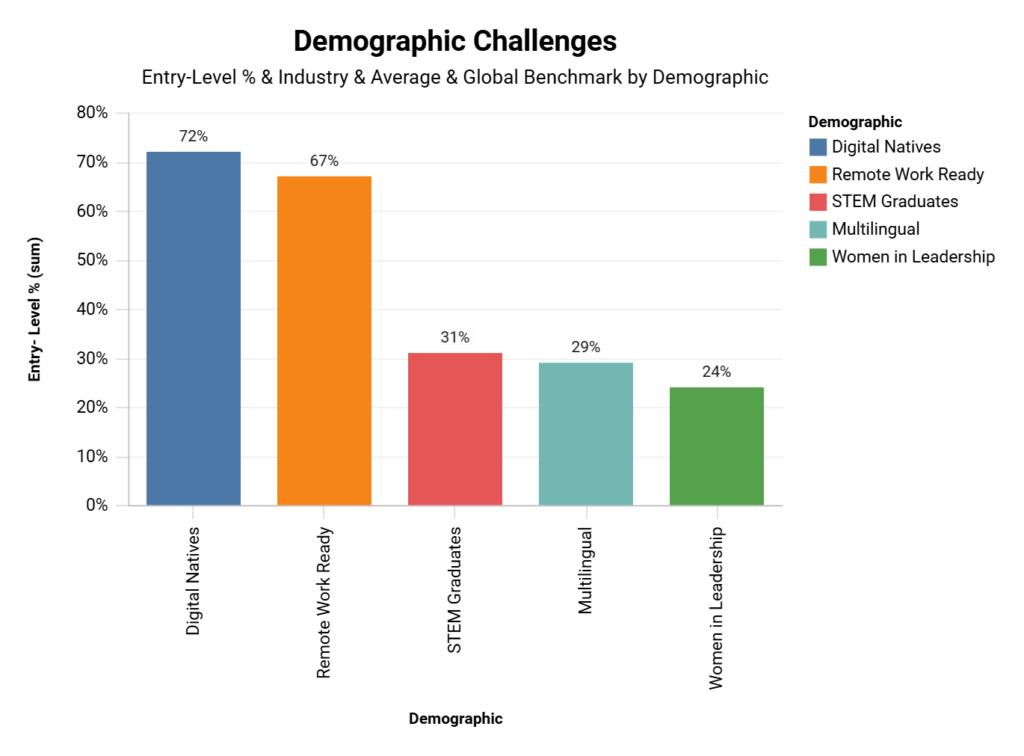
| Demographic | Entry-Level % | Industry Average | Global Benchmark |
|---|---|---|---|
| STEM Graduates | 31% | 38% | 42% |
| Multilingual | 29% | 41% | 47% |
| Remote Work Ready | 67% | 53% | 61% |
| Women in Leadership | 24% | 31% | 39% |
| Digital Natives | 72% | 58% | 65% |
Education-Training Program Effectiveness
Curriculum Mismatches
- 71% of academic programs lack AI-driven demand planning modules (Gartner 2025)
- 55% of certifications omit geopolitical risk analysis (ISM 2024)
- 63% fail to incorporate sustainability metrics in supply chain courses (MIT Center for Transportation & Logistics)
- 49% neglect last-mile delivery optimization techniques (Capgemini Research Institute)
Successful Models
- Programs using digital twin simulations achieve 89% job placement rates (DHL Resilience Report 2025)
- VR-based warehouse management training reduces errors by 37% (Blue Yonder 2024)
- Gamified supply chain disruption scenarios improve crisis response times by 42% (AnyLogic Simulation Study 2025)
- Blockchain certification courses correlate with 23% higher starting salaries (Hyperledger Foundation Education Impact Analysis)
Industry Demand vs. Graduate Readiness in Supply Chain Management
This chart highlights the significant gaps between industry demand and graduate proficiency in emerging supply chain technologies and skills. The data underscores the need for educational programs to adapt to rapidly evolving industry requirements.
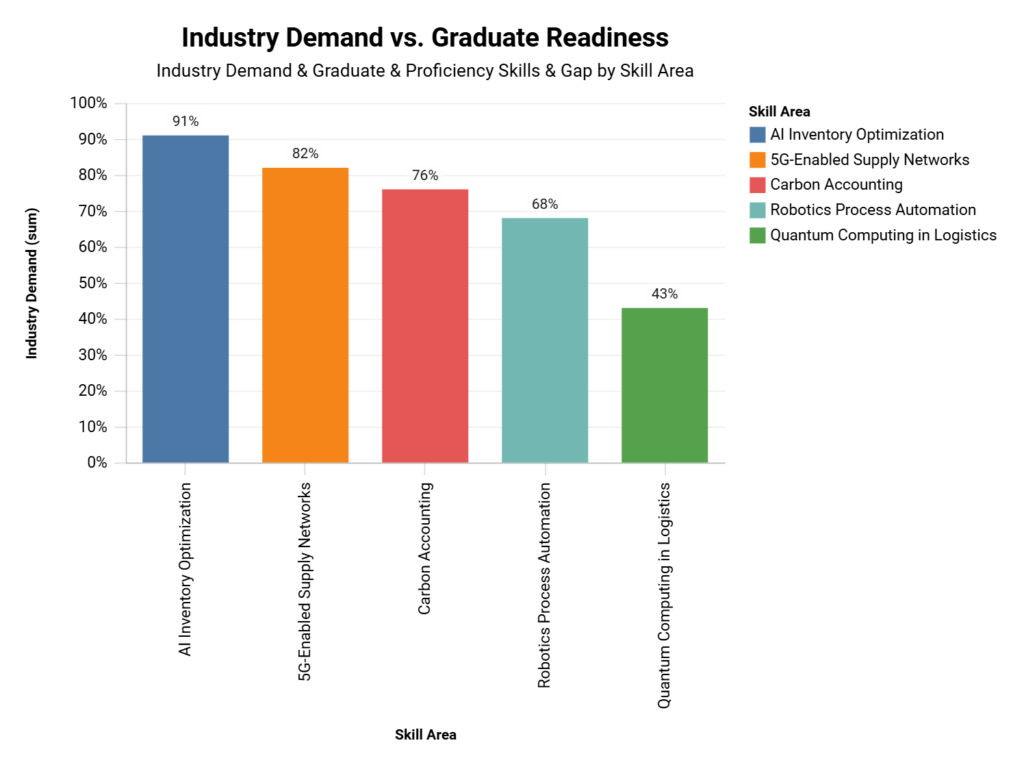
| Skill Area | Industry Demand | Graduate Proficiency | Skills Gap |
|---|---|---|---|
| AI Inventory Optimization | 91% | 24% | 67% |
| Carbon Accounting | 76% | 12% | 64% |
| Robotics Process Automation | 68% | 19% | 49% |
| Quantum Computing in Logistics | 43% | 5% | 38% |
| 5G-Enabled Supply Networks | 82% | 31% | 51% |
Strategic Solutions for 2025
Curriculum Modernization
- Digital Twin Integration: 84% of firms prioritize candidates with simulation experience
- Geo-Political Risk Modules: Reduces supply disruptions by 33%
- Circular Economy Certifications: Linked to 28% salary premiums
- AI Ethics in Supply Chain: Addresses 67% of reported algorithmic bias incidents
- Quantum-Ready Logistics Planning: Prepares for 50x efficiency gains in route optimization
Policy Interventions
- DOE Grants: $12,000/student for green logistics programs
- Micro-Credential Mandates: Required for 61% of Fortune 500 supplier roles
- Supply Chain Cybersecurity Act: Mandates security training for all digital supply chain roles
- Global Trade Simulation Initiative: Government-funded programs to enhance geopolitical acumen
Industry-Academia Partnerships
- Corporate Residencies: 6-month placements yield 73% higher retention rates
- Hackathon Sponsorships: Generate 31% of innovative logistics tech solutions
- Executive Shadow Programs: Improve leadership skill development by 47%
Launch your supply chain career through accelerated 4-16 week programs in AI-driven logistics and crisis management. Start your free trial module and join 15,000+ graduates optimizing $47B in global shipments.



